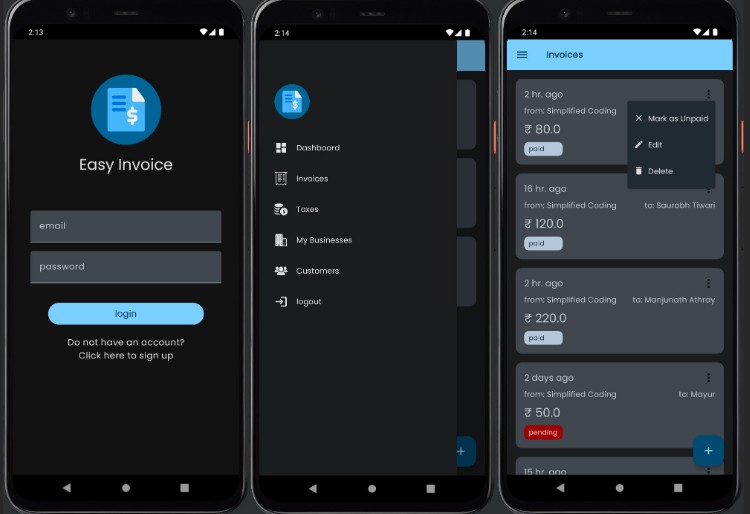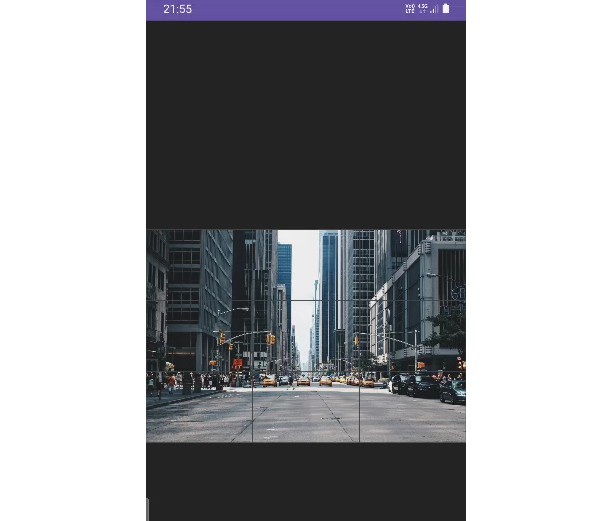Example Federated GraphQL Kotlin Subgraph
This is an example application template that can be used to create Federated GraphQL subgraph using GraphQL Kotlin.
GraphQL Kotlin uses reflection API to generate schema directly from your source code. All public functions in classes
implementing Query/Mutation will be exposed as corresponding queries and mutations.
This example application implements following GraphQL schema:
schema
@contact(description : "send urgent issues to [#oncall](https://yourteam.slack.com/archives/oncall).", name : "FooBar Server Team", url : "https://myteam.slack.com/archives/teams-chat-room-url")
@link(import : ["key"], url : "https://www.apollographql.com/docs/federation/federation-spec/") {
query: Query
}
type Foo @key(fields : "id", resolvable : true) {
id: ID!
name: String!
}
type Query {
foo(id: ID!): Foo
}
Build
This project uses Gradle and requires Java 17+ runtime. In order to build the project locally (which
will also execute all the tests), simply run the build task.
./gradlew build
NOTE: in order to ensure you use the right version of Gradle we highly recommend to use the provided wrapper script
Code Quality
Build is configured with detekt plugin that runs static code analysis and also JaCoCo
plugin that measures the code coverage. Both plugins are configured to run as part of the build lifecycle and will generate
their reports under build/reports. You can invoke both plugins directly using their corresponding tasks.
./gradlew detekt
./gradlew jacocoTestReport
Example integration test is provided. It starts up the SpringBoot server and executes example queries against it.
./gradlew test
Generating SDL
Build is configured to automatically generate SDL file upon completion. If you need to regenerate the file without running
whole build, you can run the graphqlGenerateSDL task directly.
./gradlew graphqlGenerateSDL
Continuous Integration
This project comes with some example build actions that will trigger on PR requests and commits to the main branch.
Run
To start the GraphQL server:
- Run
Application.ktdirectly from your IDE - Alternatively you can also run the Spring Boot plugin directly from the command line
./gradlew bootRun
Once the app has started you can explore the example schema by opening the GraphQL Playground endpoint at http://localhost:8080/playground.


